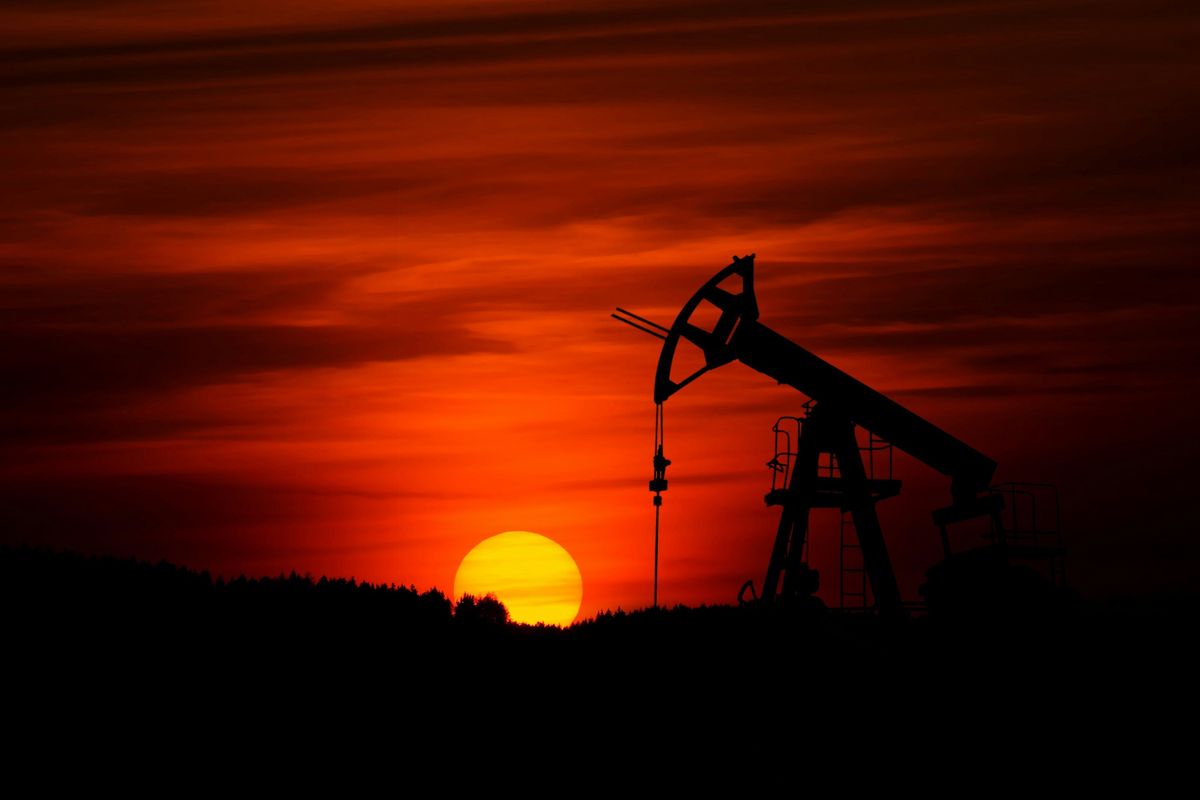Saudi Aramco's Q2 Profits Dip on Lower Oil Sales and Refining Margins
The state-owned oil giant saw a slight decline in profits during Q2 due to lower crude oil production and softer refining margins.

Saudi Aramco (TADAWUL:2222), the world's largest oil company, attributes a 3.4 percent decline in its second quarter net income to lower crude oil sales volumes and softer refining margins.
In a Monday (August 5) press release, Aramco reported net income of US$29.07 billion, marking a slight reduction from the previous year due to the ongoing volatility in global oil markets.
Despite this dip, the company achieved a base divided of US$20.3 billion for Q2, plus a performance-linked dividend distribution of US$10.8 billion. That puts it on track for an "industry-leading" total dividend of US$124.2 billion this year.
Aramco's dividends are critical for Saudi Arabia's economy. The financial boost is crucial as the kingdom pursues ambitious economic diversification under Crown Prince Mohammed bin Salman's Vision 2030 plan.
The Saudi government also continues to benefit from its significant stake in Aramco.
Following a recent sale of 0.7 percent of its shares for US$12.35 billion, the government still holds nearly 81.5 percent of the company, with an additional 16 percent held by the Public Investment Fund.
Dividends from Aramco along with other financial strategies ensure Saudi Arabia's continued economic resilience and capacity to invest in long-term development projects.
Capital expenditures for Q2 rose by nearly 14 percent year-on-year to US$12.13 billion. This increase was partly due to investments aimed at maintaining crude oil production capacity at 12 million barrels per day and a gas business expansion.
Currently, Saudi Arabia is producing approximately 9 million barrels per day, about three-quarters of its maximum capacity.
The country, along with other OPEC+ members, has implemented production cuts to stabilize oil prices amid fluctuating demand. The global oil market has faced challenges recently, with Brent crude trading at around the US$76 per barrel level, its lowest since January. This decline has been driven by concerns over global economic growth and demand.
Saudi Arabia's economic growth has been impacted by these production cuts, with the kingdom experiencing GDP contractions for four consecutive quarters. Overall, the oil sector saw a dip of 8.5 percent in the second quarter.
Despite these market conditions, Aramco's shares rose by 1.7 percent on Tuesday (August 6), although they are down approximately 17 percent for the year, trailing behind western oil majors. Nevertheless, the company remains optimistic about future demand growth, anticipating global oil demand of 104.7 million barrels per day for 2024.
Aramco CEO Amin Nasser expressed confidence in the company's performance and the broader market outlook.
“We have delivered market-leading performance once again, with strong earnings and cash flows in the first half of the year,” Nasser remarked in the company’s press release.
“Leveraging these strong earnings, we continued to deliver a base dividend that is sustainable and progressive, and a performance-linked dividend that shares the upside with our shareholders,” he added.
Don't forget to follow us @INN_Resource for real-time updates!
Securities Disclosure: I, Giann Liguid, hold no direct investment interest in any company mentioned in this article.






